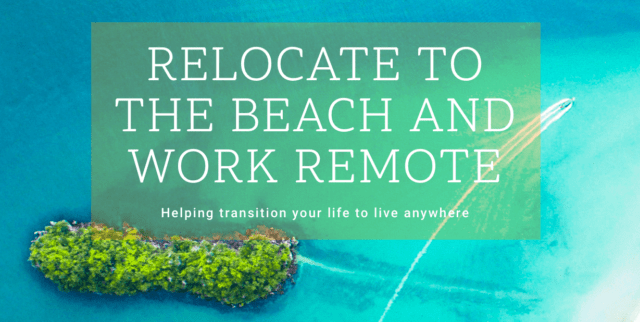Muscle-type flexibility, identifies the ability of a muscle to be stretched without damage. This possibility is determined by the spectrum of movement of the muscles that make up a joint. We can also say that it is the ability of the joints to have a certain range of motion.
Determining factors in flexibility
The range of motion of a joint depends on factors such as age, sex, joint stop or limit, and the elasticity of the muscle fibers. These can positively or negatively influence the movement of such a joint.
When aging, the fibers lose collagen and become stiffer. And if we add a sedentary lifestyle or lack of physical activity to this factor, there will also be a great limitation in the mobility of the joints.
With regard to sex, women generally have more flexibility than men. This is because their body is ready for pregnancy and delivery. But with age, the loss of elasticity becomes equal to that of men if they do not take care of themselves or do not practice exercises, either by doing physical activity or stretching.
Benefits of flexibility
Continuous training with strengthening, mobility, and stretching exercises improves the elongation of muscle fibers. And if this is accompanied by an adequate diet, it is very likely to achieve notable improvements in flexibility. If the above occurs naturally, then there is no risk of muscle contractures, fissures or tears.
Flexibility may not even help with muscle strengthening or fitness, but combined with exercise routines will improve results. This is because it facilitates mobility allowing a better performance in training, reducing muscle discomfort after exercising or physical activity. It also provides a great improvement in muscle balance and body posture which brings many benefits at a structural and muscular level.
Training flexibility promotes muscle relaxation and proprioception (our brain’s ability to know the exact position of all parts of our body at all times). In other words, our brain receives different orders from the joints and muscles of the exact position.
Types of flexibility
To train your body’s flexibility, you can do it through the following variations:
Static flexibility. The person performs a stretch of muscles and tendons by himself without movement, in a fixed position. Each stretch should last at least 20 seconds.
Dynamic flexibility. They are exercises in movement that require a minimum number of repetitions and that increase strength and intensity. It is also called active flexibility.
Passive or assisted flexibility. It is used in recovery after injuries, surgeries or paralysis, so that a person or machine is the one that prints the force from outside.
8 basic exercises to start practicing at home or at the gym
Back twisting. Sit on the floor. Put right leg straight forward. Fold the left and pass it over the right. Place the left arm above the bent knee and press with the elbow to do a back twist. Feel the stretch. Repeat on the other side.
Straighten your right leg and bend your left, bringing your foot toward your groin. Keep your balance. Lean your body forward to try touching your toes. Then, change legs.
Thighs and hips. Lay face down. Bend one leg and grasp the foot with the hand on the same side. Pull it as far as possible (bringing your heel to the buttock) without the thigh lifting off the ground.
Leg changing
Advance thigh and hip. In a standing position, take the foot from behind and pull it until it reaches the head. Do not lock the knee of the other leg to avoid hyperextension and leave the free arm stretched forward for balance.
Lumbar. In a lying position Stretch one leg and draw the other by taking it by the knee and pulling it towards the chest. The straight leg should not be lifted off the ground. Switch legs
Lumbar 2 and hamstrings. Sit on the floor. Open your legs straight as far as possible and lean your torso forward, without bending your knees. Stretch your arms and try to lower yourself a little more.
Quadriceps. One leg comes forward, as in normal strides, with the knee at 90 degrees and the other is stretched back, but supported on a sofa or chair. It is difficult to maintain the position. Hold on and switch sides.
“The bridge”. It is a yoga posture and stretches the spine, chest, neck and shoulders. Face up on the floor with your knees bent. Raise your pelvis and torso up to your shoulders. Stretch your shoulders down so they are flat on the ground. Gaze at the ceiling and arms outstretched and leaning on the floor.
It is also important to note that many people tend to undermine or overlook stretching during or after exercise. However, the truth is that, thanks to the flexibility that such stretching provides, a large number of injuries can be avoided and a better performance can be achieved in each training session.

